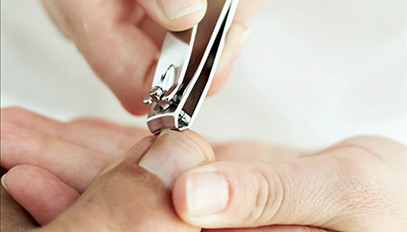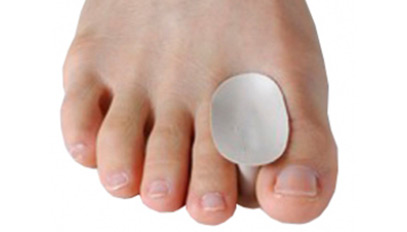– frequent and recurrent condition
What is an ingrown toenail: It is a condition where a piece of nail penetrates the surrounding skin, causing inflammation and sometimes infection. This is characterized by redness, pain, and the discharge of serous or purulent fluid. This condition most commonly affects the big toe nail and can occur on the sides or at the front of the nail.


Structure of the nail
The nail is a protective structure: nails have little calcium; their hardness comes from their histological structure and chemical composition. There are 3 layers: A superficial layer formed by dead cells from the matrix. These cells lose their nucleus and accumulate fibrous protein material like keratins, which form the fibrous framework and other amorphous inter-fibrous materials. An intermediate layer is thicker, originating from the same source as the superficial layer but with live cells, and a deep layer.
Around an ingrown toenail, one finds:
- Hypertrophy of the lateral nail fold, progressively increasing the perimeter of the digital pulp of the big toe.
- Formation of a fleshy, reddish, infected bud, called a botryomycoma or pyogenic granuloma.
Causes of ingrown toenails:
Less commonly:
- Some treatments for psoriasis or certain antiretrovirals (PIs).
- Some forms of arthritis that affect and disturb nail growth.
Reminders about nails:
The nail is a flattened blade-like form that protects the fingers. It consists of several layers of keratin and rests on the epidermal bed, with 4 edges: 2 lateral edges in the lateral grooves with epidermal folds, the distal edge, and the free edge of the nail. On the proximal edge, beneath the epidermal fold, lies the nail plate, also known as the matrix, which produces the nail. It is pink in color and further away, whitish, forming the lunula. The cutaneous fold called the eponychium has 2 surfaces: dorsal and palmar or ventral. The horny layers of both faces form an expansion called the cuticle, which protects the nail. Nails are an extension of the skin and serve as a substitute for it; keratin continues from the epidermis. The difference lies in the water content: 85% versus 12%.
Ingrown Toenail:
Q & A
Conservative medical treatment?
The treatment is primarily medical and focuses on local treatment associated with hygiene and common-sense measures: (there is a very high risk of recurrence) some forms proving resistant to any therapy:
Local care: Antiseptic treatment, bandaging under good aseptic conditions; it is better to have the first ones done by a qualified state registered nurse (IDE) – to learn and then do the dressings oneself properly. NSAIDs: Non-Steroidal Anti-Inflammatory Drugs (non-corticosteroid) Analgesics (painkillers) in general, combined with appropriate footwear (wearing shoes half a size larger, flexible). Local antibiotic therapy initially, or parenteral (oral) if signs of infection persist. Orthoplasties or toe separators, Local hygiene care: by hygiene, we mean how to cut the nail and avoid artificially creating a conflict between the nail and the skin.
Surgical treatment?
After failure of medical treatment, surgical intervention may be necessary. What does it consist of?
a)Simple:
It involves one or two procedures. The first one, simpler, is a resection of the ingrown part, called partial Onychectomy; the other one combines the first procedure with a partial resection of the nail matrix and its sterilization either with a scalpel (recurrence in more than 15 to 20% of cases), or with an electric scalpel, laser, or with Phenol (Phenolization), which reduces the recurrence rate (5 to 10%).
b)In case of multiple recurrences:
Combined with a soft tissue procedure: wide resection of the nail fold +/- associated with a digital pulp plasty, through a shark mouth incision.
To know
After surgical treatment for an ingrown toenail, wound healing can be prolonged and last from 2 to 6 weeks. This requires appropriate care and dressings, preferably done by a Registered Nurse (R.N.) on medical prescription from the surgeon.
Ingrown Toenail:
Terminology
Hypertrophy of the nail fold: excess skin formed near the paraungual groove.
Hallux enlargement: enlarged big toe, especially in Egyptian foot type.
Hallux phalanginus: deviation of the distal phalanx outward, causing conflict between the big toe and the second toe.
Nail dystrophy: nail shaped like a U or tile, also known as “pinching”.
Nail matrix: also known as the nail bed, is the base for nail growth and regeneration.
Onychomycosis: fungal infection of the nail.
Nail melanoma: brownish spot under the nail.
Toe separator: prevents conflict between the first and second toes.
Orthoplasty: custom-made toe separator by a podiatrist. Digital pulp surgery: reduces the perimeter of the pulp to decrease the risk of conflict between the first and second toes.
